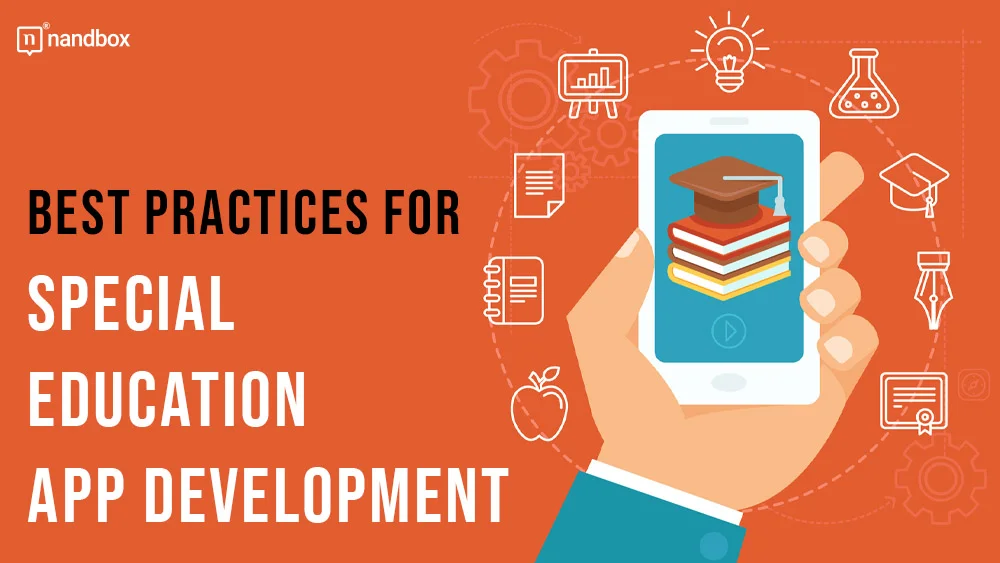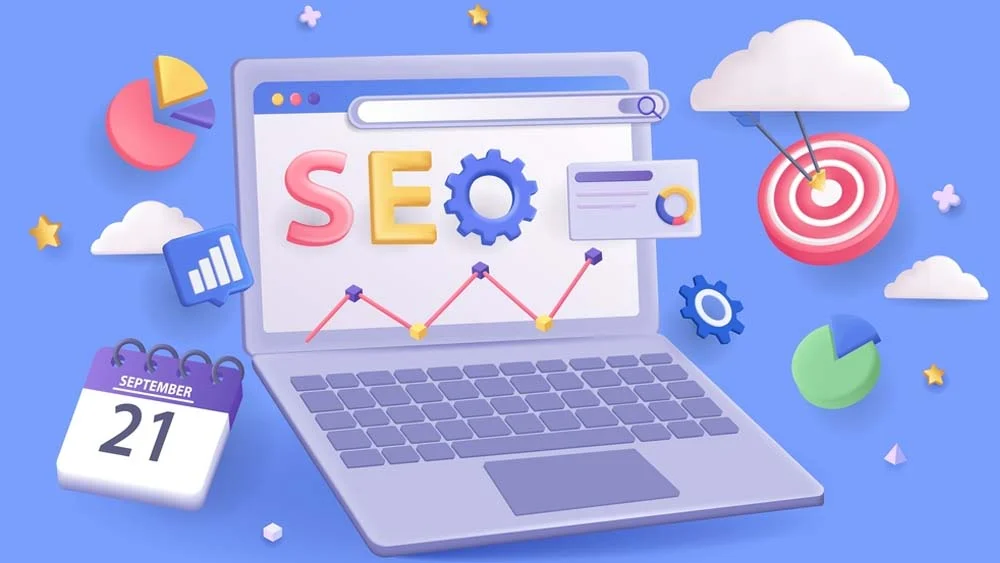The advent of technology has brought significant advancements in various fields, and education is no exception. One of the most impactful developments is the creation of specialized applications tailored to meet the needs of students with disabilities. These special education app have revolutionized how educators approach teaching, making learning more accessible and personalized. As we delve into 2024, the importance of developing effective special education apps remains paramount.
Geniusee, a leading technology company specializing in innovative solutions across multiple industries, including EdTech, has been instrumental in driving this transformation. Their expertise in designing user-friendly, inclusive, and technologically advanced educational tools places them at the forefront of this critical sector. In this article, we will explore the essential steps and considerations involved in building successful special education apps.
Understanding the Needs of Special Education
The first step in developing a special education app is understanding the unique needs of students with disabilities. This requires comprehensive research and collaboration with educators, parents, and specialists. Each disability presents its own set of challenges and opportunities; thus, the app must be designed to address these specific requirements. For instance, an app for students with autism might focus on improving social skills and communication, and an app for parents of children with speech development issues might focus on alternative communication strategies, while an app for students with dyslexia may emphasize reading support and phonetic training.
Benefits of the App for Support Needs

There are multiple reasons to adopt accessibility applications:
Empathy
At the heart of it, breaking down barriers between users and content aims to enrich their experiences. However, beyond empathy, there are several other persuasive benefits.
Competitive Edge
Approximately 16% of users encounter online challenges, whether permanent, temporary, or situational. Regardless of your company’s offerings—be it websites, mobile apps, or desktop software—integrating accessibility expands the user base engaging with your resources.
Modern Necessity
Accessibility is no longer a mere trend; it’s an essential requirement in today’s IT landscape. Incorporating it enhances your company’s overall reputation.
Legal Requirements
This is especially vital for large international projects. Most EU countries, the UK, USA, Canada, Australia, Brazil, and India legally mandate accessibility standards.
SEO Benefits
Ensuring content is easily discoverable and navigable boosts search engine rankings. Accessible applications with features like alt text and well-structured HTML improve visibility to search engines, widen audience reach, and align with algorithms that favor user-friendly content, significantly enhancing search rankings.
Embracing Accessibility Standards
A crucial aspect of developing special education apps is adhering to accessibility standards and guidelines. These standards ensure that the app can be used by individuals with a wide range of disabilities. Adopting the principles of universal design, such as flexibility in use, simplicity, and intuitive operation, ensures that the app is usable by as many people as possible. The European Accessibility Act and other regulatory frameworks provide valuable benchmarks for developers aiming to create inclusive educational tools.
Top Helpful Apps for Support Needs
Limitations in mobility, vision, and hearing are crucial when developing educational web and mobile platforms. Thankfully, various apps enhance daily life for individuals with these challenges. Here are some of the best special education apps:
- Be My Eyes: Designed for visually impaired or blind users, this app allows users to point their camera for real-time descriptions from a sighted volunteer. It provides invaluable help globally, though currently only in English.
- Tecla Device: This device assists individuals with limited upper-body mobility by integrating assistive devices to interact with smartphones or tablets via a single button or switch.
- Finger Reader: This ring-like device allows blind and visually impaired individuals to read regular books by scanning text and reading it aloud as the user moves their finger over it.
- Otsimo: An educational app for students with autism and other support needs, Otsimo enhances fine motor and cognitive skills through play-based activities. It focuses on language, reading, math, and logic using Applied Behavior Analysis (ABA).
- Choiceworks: This app creates visual and adaptable schedules for children, helping to reduce anxiety and stress by providing clear routines and choices. It’s especially beneficial for children who need structure and predictability.
- Speech Blubs: A free speech therapy app that helps children master new sounds and words using video modeling techniques. It is ad-free and designed to ensure a focused and safe learning environment.
The Future of Special Education Apps
As technology continues to advance, the potential for special education apps to transform learning grows exponentially. Emerging technologies such as augmented reality (AR) and virtual reality (VR) offer exciting possibilities for creating immersive learning experiences tailored to the needs of students with disabilities. Additionally, the integration of real-time data analytics can provide deeper insights into student performance, enabling more personalized and effective teaching strategies.
In conclusion, developing special education apps requires a careful blend of technological innovation and empathy. Companies like Geniusee are leading the way by creating tools that empower students with disabilities to achieve their full potential. By adhering to best practices and maintaining a strong focus on the needs of users, developers can create impactful applications that make a real difference in special education.




